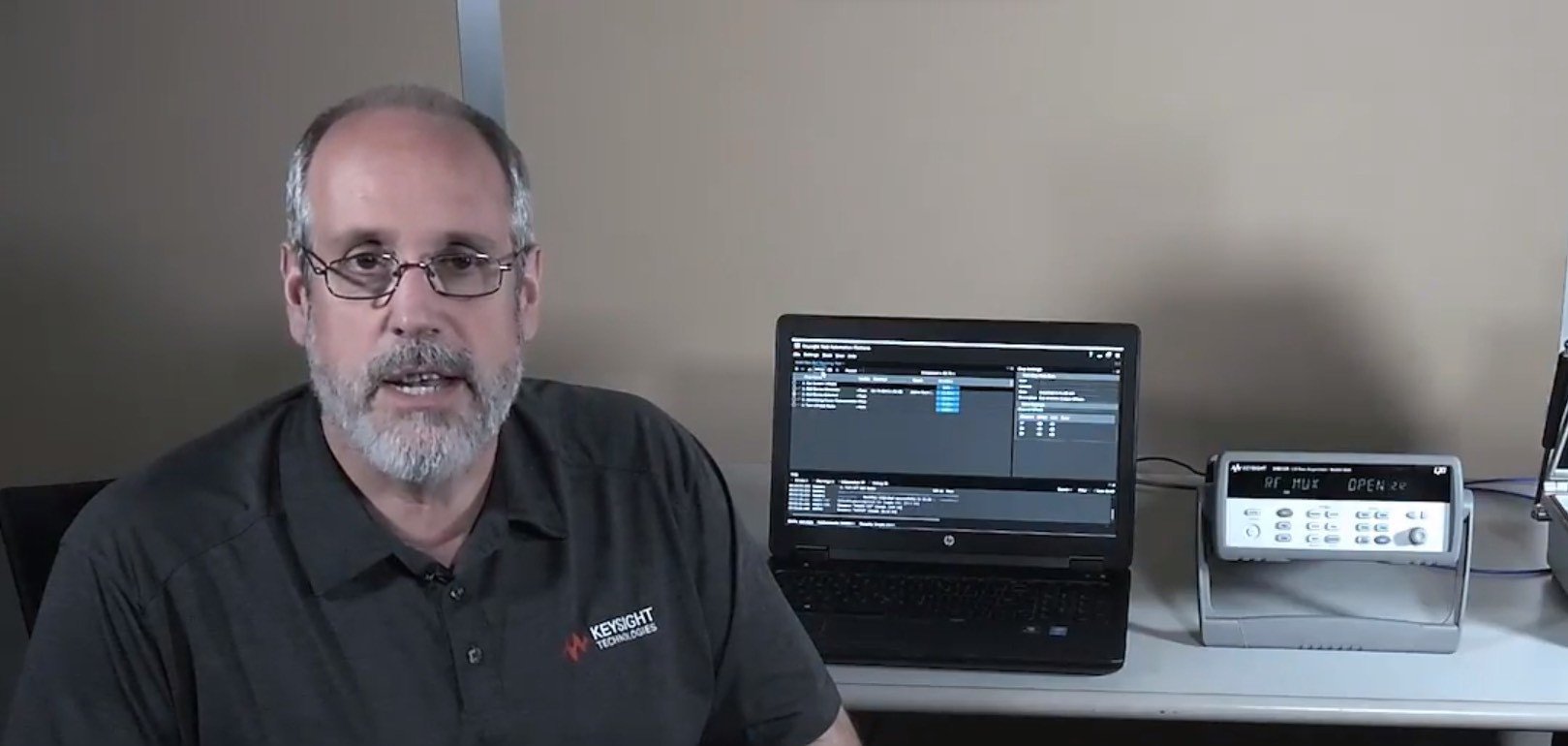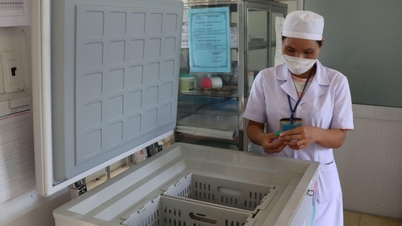Handling security vulnerabilities
According to a study, 53% of connected medical devices have significant security vulnerabilities that threaten patient privacy and safety. Brad Jolly argues that healthcare organizations are aware that they are in the crosshairs of hackers, but often overlook weaknesses in the supply chain when it comes to strengthening the security of medical devices.
To prevent these threats, device manufacturers need to implement a comprehensive testing mechanism, called protocol fuzzing. This process introduces various errors into the information exchange, causing disturbances to the entity at the other end of the connection, allowing for the identification of security vulnerabilities at the protocol level. It is also the best way to integrate protocol stress testing into the overall cybersecurity validation strategy, to regularly prevent device compromises and ensure patient privacy and safety during the introduction of next-generation medical devices.
Ensuring a positive user experience
Addressing user experience issues is another critical step in supporting innovation in healthcare. This can be challenging from a testing perspective, as a single device or application is often used by multiple users. Additionally, users expect healthcare applications to operate correctly across different physical platforms and operating systems.
Therefore, Brad Jolly believes that AI-based test automation will be a better way to evaluate user experience. In addition, these solutions can provide results significantly faster than traditional testing and automatically focus more on test areas that often report errors, ensuring that manufacturers provide efficient, safe, high-performance devices on time for all user segments.

Choose the right battery type
To ensure you are using the correct battery type, you can use simulator software to create profiles of actual batteries, suggests Brad Jolly. These profiles can then be imported and used in tests without using actual batteries.
Teams can measure and record battery health at discharge, gain insight into battery behavior, and use these insights to determine the best battery for the device under study.
Ensuring signal integrity when handling increased data
The increased data processing required by connected devices can create signal integrity challenges, which are exacerbated by the increase in connected devices. A time- and money-saving step is to use simulation software tools to identify and eliminate any issues before the board is manufactured.
Another effective approach is to document lessons learned in a quality management system to reduce risk and shorten time to market for future designs.
Reduce measurement errors for better decision making
Finally, manufacturers need to address the issue of drift to ensure consistent, accurate, and repeatable measurements. Regular and consistent verification is critical to ensuring that devices are accurate, operate within specifications, and are certified for traceability.
Regular calibration also enables teams to reduce effort, avoid delays, and ensure new connected medical devices deliver maximum value to patients.
Brad Jolly believes that in the coming years, connected medical devices will become increasingly complex, and with them, the way they are brought to market. Organizations that reimagine their workflows will be the ones that are able to develop safe, effective technologies and maintain their market position.
(Source: Keysight Technologies)
Source






![[Photo] General Secretary To Lam and National Assembly Chairman Tran Thanh Man attend the 80th Anniversary of the Traditional Day of the Vietnamese Inspection Sector](https://vphoto.vietnam.vn/thumb/1200x675/vietnam/resource/IMAGE/2025/11/17/1763356362984_a2-bnd-7940-3561-jpg.webp)








































































































Comment (0)